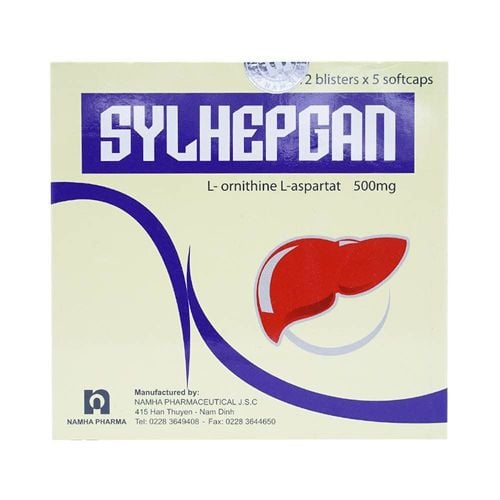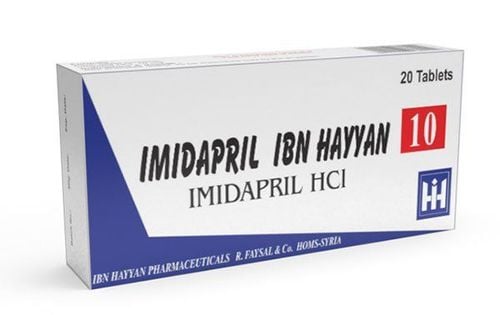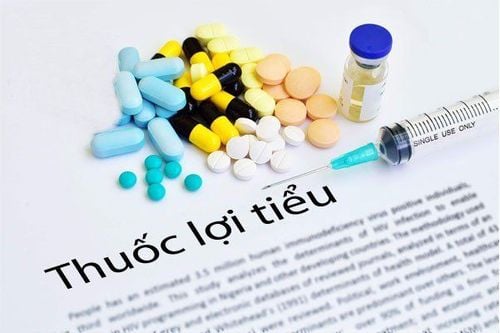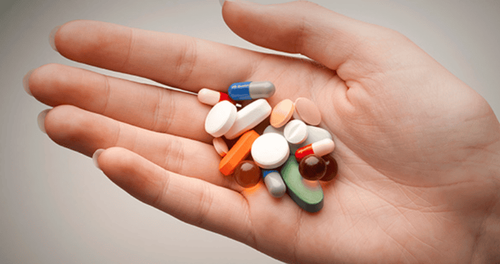This is an automatically translated article.
In patients with renal failure, the ability to eliminate toxic substances from the body through the urine is reduced, so drugs in doses for people without kidney failure are not harmful to the body, but in patients with renal failure. It causes the accumulation of drugs that have negative effects on the body. Therefore, when treating bacterial infections in patients with renal failure, it is necessary to reduce the dose of antibiotics or prolong the duration of the drug.1. Why is it necessary to adjust the dose of antibiotics for patients with kidney failure?
Kidney failure is a condition in which the filtering capacity of the kidneys is not guaranteed to perform its functions such as eliminating wastes, regulating blood pressure, etc. This is a matter of concern in clinical practice due to the use of drugs, with If the dose is not properly adjusted, in these patients it may cause toxicity or reduce the effectiveness of treatment. But if the dose is adjusted appropriately, it helps to optimize the treatment, reduce the treatment time and minimize the adverse effects of the drug on the body.Infectious disease occurs in 60-80% of patients with renal failure, the use of uncorrected antibiotics can have harmful effects on the body. Therefore, it is necessary to adjust the dose of antibiotics. It is generally necessary to initiate a dose adjustment of the drug when the creatinine clearance is less than 50 ml/min.
Adjusting the dose of antibiotics helps to avoid the accumulation of drugs with the same toxicity that they cause because when the patient has renal failure, the half-life of the drug is increased, which means that the drug will be stored for a long time. in the body and that the use of drugs at too high or repeated doses can lead to accumulation of drugs that are toxic to the body. In addition to adjusting the dose of antibiotics, the choice of antibiotics should be suitable for renal failure, prioritizing the selection of antibiotics that cause less nephrotoxicity first.
Thus, in patients with kidney failure, adjusting antibiotics is very necessary, helping to increase the effectiveness of treatment, reduce the bad effects of antibiotics on the patient's body due to drug accumulation and reduce mortality. for the patient.
2. Adjust antibiotics in patients with renal failure
2.1 Principles of antibiotic selection in patients with renal failure When encountering an infection in a patient with renal failure will increase the risk of death for the patient. Choosing the right antibiotic and following the right rules will help reduce the risk of death for the patient. Some principles of antibiotic selection in patients with kidney failure include:
Always prioritize antibiotic use. sensitive to pathogenic bacteria or according to the results of the antibiogram . Potentially nephrotoxic antibiotics should be considered. Prioritize the use of antibiotics that have as little impact on the kidneys as possible. Avoid using antibiotics with high nephrotoxicity such as aminoglycoside antibiotics or vancomycin.

Điều chỉnh liều kháng sinh giúp tránh sự tích lũy của các thuốc cùng độc tính mà chúng gây ra do khi bệnh nhân có suy thận
2.2 Adjust antibiotic dose in patients with renal impairment Dose adjustment in patients with renal impairment may be to reduce the maintenance dose or prolong the time of taking antibiotics to avoid drug accumulation due to antibiotics. are not eliminated.
The dose adjustment of antibiotics depends on the glomerular filtration rate (GFR) or creatinine clearance (CrCl).
Some antibiotics are adjusted to suit the degree of renal failure as follows:
Amikacin antibiotics: The normal dose in adults is 15 mg/kg/day intravenously. When CrCl 51-90: use 60-90% of the normal dose intravenously every 12 hours When CrCl 10-50: use 30-70% of the normal dose intravenously every 12-18 hours When CrCl < 10 : Use 20 - 30% of normal dose intravenously every 24 - 48 hours In case of hemodialysis: dose based on measured concentration Amoxicillin/clavulanate: Normal dose in adults 500/125 mg orally 3 times/day, 875/125 mg orally 2 times/day. CrCl 10-30: Oral 250-500/125 mg orally twice a day CrCl < 10: 250-500/125 mg orally every 24 hours Hemodialysis: Dose as CrCl < 10. Used after dialysis for days Hemodialysis Ampicillin/Sulbactam: Normal dose in adults 1.5 - 3 g IV every 6 hours CrCl 30 - 50: same dose every 8 hours CrCl 15 - 29: same dose every 12 hours CrCl < 15 : same dose as usual every 24 hours Hemodialysis : Dose as CrCl<15. Use after dialysis during dialysis days Cefotaxime: Normal adult dose 1 -2 g IV every 8 h CrCL 10 - 50: same dose as usual every 12 h CrCl < 10: same dose as usual administered every 24 hours Hemodialysis: dose as CrCl<10. Use after dialysis during dialysis days Ceftazidime: Normal dose in adults is 1 -2 g IV every 8-12 hours CrCL 10 - 50: same dose every 24 hours CrCl < 10: same dose as normal Usually every 48 hours Hemodialysis: Dose as when CrCl<10. Use after dialysis on dialysis days
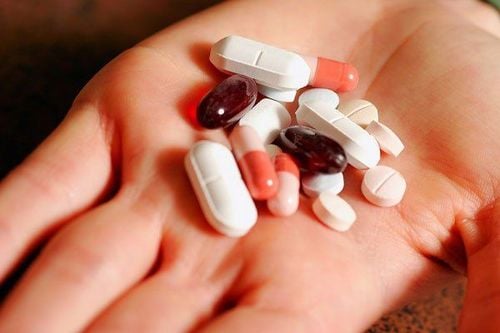
Điều chỉnh liều ở những bệnh nhân suy thận có thể là giảm liều duy trì bệnh hay kéo dài thời gian đưa kháng sinh vào cơ thể
CrCl 10 - 20: same dose every 12 hours CrCl<10: same dose as usual every 24 hours Hemodialysis: Dose as CrCl<10. Use after dialysis during dialysis days Ciprofloxacin: Oral dose in adults 250-750mg orally every 12 hours, intravenous dose 400mg every 8-12 hours
Adjust dose orally
CrCl< 30: same dose every 24 hours Run hemodialysis : Dose like CrCl<30 used after dialysis Adjust dose
CrCl<30: same dose every 12 hours (for every 8 hours) and every 24 hours (for every 12 hours). Hemodialysis: dose as CrCl<30 used after dialysis Clarithromycin: Adult dose 0.5 - 1g orally every 12 hours CrCl<30: 50% orally every 12 hours Hemodialysis: Dose as CrCl<30. Use after dialysis during dialysis days Gentamicin: Adult dose 1.5-2.5mg/kg IV every 8 hours CrCl 51-90: Use 60-90% of normal dose, IV every 8-12 hours CrCl 10 - 50: Use 30 - 70% of normal dose, intravenously every 12 hours CrCl < 10: Use 20 - 30% of normal dose, intravenously every 24 - 48 hours Hemodialysis: Dose according to measured concentration. Imipenem: Adult dose 500mg IV every 6 hours and 1g IV every 8 hours. This is an antibiotic that, if accumulated, will cause kidney failure, so it must be adjusted very carefully. For body weight ≥ 70 kg:
CrCl 71 – 90: no dose adjustment required CrCl 41 – 70: 500 mg IV every 8 hours (with a dose of 500 mg) and 500 mg IV every 6 hours (with a dose of 1 g). CrCl 21-40: 250mg IV every 6 hours (at a dose of 500mg) and 500mg IV every 8 hours (1g dose). CrCl 6-20: 250mg IV every 12 hours (at a dose of 500mg) and 500mg IV every 12 hours (with a dose of 1g). For body weight 60 - 69 kg:
CrCl 71 - 90: 500mg IV every 8 hours (at a dose of 500mg) and 750mg IV every 8 hours (with a dose of 1g). CrCl 41-70: 250mg IV every 6 hours (at a dose of 500mg) and 500mg IV every 8 hours (with a dose of 1g). CrCl 21-40: 250mg IV every 8 hours (at a dose of 500mg) and 500mg IV every 8 hours (with a dose of 1g). CrCl 6-20: 250mg IV every 12 hours (at a dose of 500mg) and 500mg IV every 12 hours (with a dose of 1g). For body weight 50 - 59 kg:
CrCl 71 - 90: 250mg IV every 6 hours (at a dose of 500mg) and 500mg IV every 6 hours (with a dose of 1g). CrCl 41-70: 250mg IV every 6 hours (at a dose of 500mg) and 500mg IV every 8 hours (with a dose of 1g). CrCl 21-40: 250mg IV every 8 hours (at a dose of 500mg) and 250mg IV every 6 hours (with a dose of 1g). CrCl 6-20: 250mg IV every 12 hours (at a dose of 500mg) and 250mg IV every 12 hours (with a dose of 1g). For body weight 40 - 49 kg:
CrCl 71 - 90: 250mg IV every 6 hours (at a dose of 500mg) and 500mg IV every 8 hours (with a dose of 1g). CrCl 41-70: 250mg IV every 8 hours (at a dose of 500mg) and 250mg IV every 6 hours (with a dose of 1g). CrCl 21-40: 250mg IV every 12 hours (at a dose of 500mg) and 250mg IV every 8 hours (with a dose of 1g). CrCl 6-20: 250mg IV every 12 hours (at a dose of 500mg) and 250mg IV every 12 hours (with a dose of 1g). For body weight 30 – 39 kg:
CrCl 71 – 90: 250mg IV every 8 hours (at a dose of 500mg) and 250mg IV every 6 hours (with a dose of 1g). CrCl 41-70: 250mg IV every 6 hours (at a dose of 500mg) and 250mg IV every 8 hours (with a dose of 1g). CrCl 21-40: 250mg IV every 12 hours (at a dose of 500mg) and 250mg IV every 8 hours (with a dose of 1g). CrCl 6-20: 250mg IV every 12 hours (at a dose of 500mg) and 250mg IV every 12 hours (with a dose of 1g). In case of hemodialysis: Dose such as CrCl < 20. Used after dialysis during dialysis days
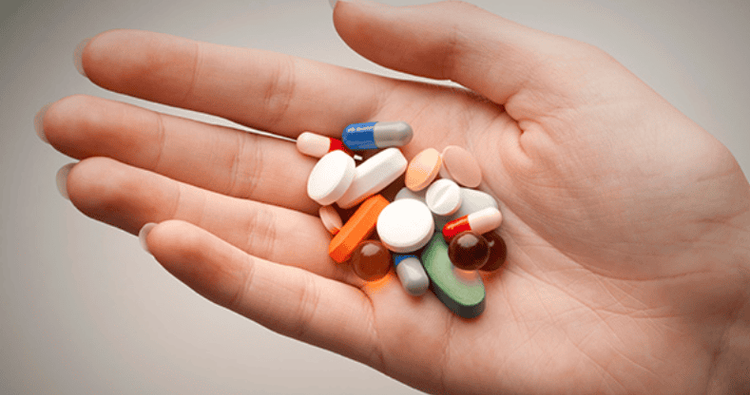
Khi điều chỉnh liều kháng sinh cần cân nhắc những kháng sinh có khả năng gây độc tình cho thận
CrCl > 50: Constant dose CrCl 20-49: 500mg first dose, then 250mg every 24 hours (for 500mg strength) ) and no dose adjustment for the 250mg dose. CrCl 10-19: 500mg first dose, then 250mg every 48 hours (for 500mg strength) and 250mg every 48 hours for 250mg Hemodialysis: 500mg first dose, then 250mg every 48 hours Meropenem: Normal dose 500mg IV every 6h or 500mg IV every 8 hours or 2g IV every 8 hours
CrCl 25 – 49: 500mg IV every 8 hours; 500mg IV every 12 hours; 2g IV every 12 hours. CrCl 10-24: 500mg IV every 12 hours; 250mg IV every 12 hours; 1g IV every 12 hours CrCl<10: 500mg IV every 24 hours; 1g IV every 24 hours Hemodialysis: Dose as CrCl<10. Administered after dialysis during dialysis days Norfloxacin normal dose in adults 400 mg orally every 12 hours CrCl > 30: constant dose CrCl < 30: 400 mg every 24 hours Hemodialysis: 400 mg every 24 hours Trimethoprim/sulfamethoxazole (TMP/ SMX): The normal dose in adults is 160/800mg orally twice a day; intravenous injection; 8 – 12 mg/kg/day in divided doses every 8 hours or 15 – 20 mg/kg/day in divided doses every 8 hours
CrCL 15 – 30: dose 160/800 mg orally per day; 8-12 mg/kg/day IV in divided doses every 12 hours for 48 hours, then 4-6 mg/kg IV every 24 hours, or 15-20 mg/kg/day for 48 hours, then 7-10 mg/kg/ Day IV is divided every 12 hours. CrCl < 15, hemodialysis: 160/800mg orally every 48 hours used after dialysis on dialysis days; 8-12 mg/kg IV every 48 hours or 8-12 mg/kg IV after each dialysis cycle or 15-20 mg/kg/dose IV every 48 hours or 15-20 mg/kg IV after each cycle Vancomycin dialysis: Usual adult dose 15 mg/kg IV every 12 hours
CrCl 10 – 50: 7.5 mg/kg IV every 24 – 48 hours CrCl < 10: 7.5 mg/kg IV every 48 – 96h Hemodialysis: Dose as CrCl<10. Some antibiotics do not require dose adjustment such as: Moxifloxacin, doxycycline, clindamycin, ceftriaxone, cefoperazol. It is important to adjust antibiotics for patients with renal impairment to help limit infections with as little impact on renal function as possible. Thereby reducing the mortality rate for patients, reducing the cost of treatment.
If you have a need for consultation and examination at Vinmec Hospitals under the national health system, please book an appointment on the website for service.
Please dial HOTLINE for more information or register for an appointment HERE. Download MyVinmec app to make appointments faster and to manage your bookings easily.





